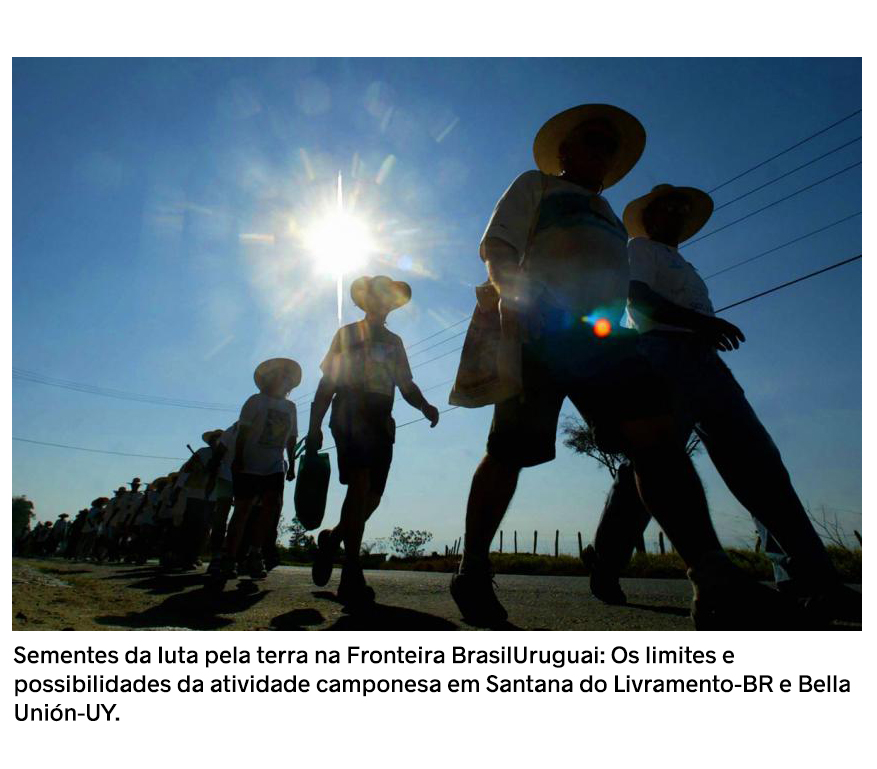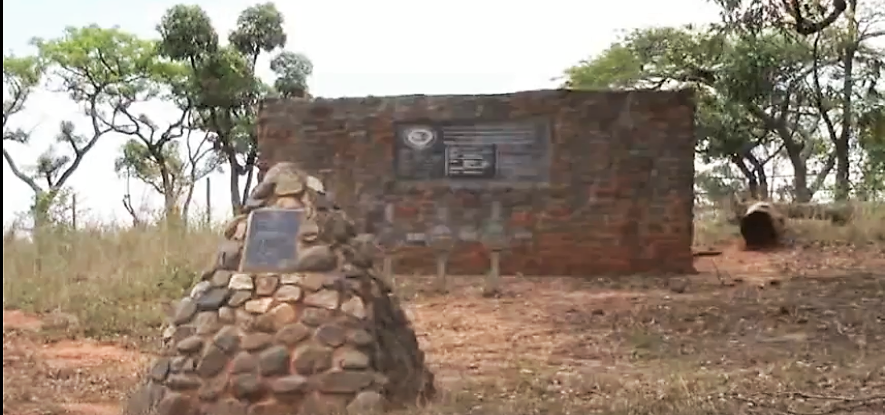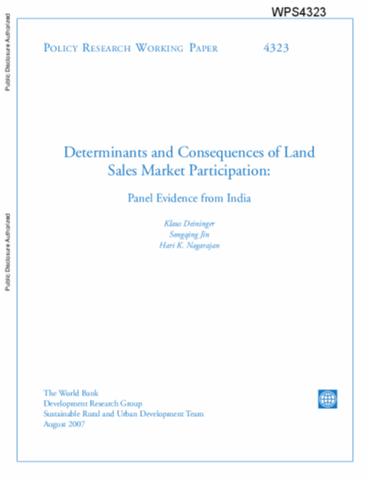LUTA E RESISTÊNCIA DAS FAMÍLIAS POSSEIRAS E OCUPANTES DA GLEBA TAUÁ
A região Nordeste do Tocantins, antes de ser polo agrícola do agronegócio, éacima de tudo, uma região de territórios indígenas e comunidades tradicionais. Pois,ainda no século XIX, essas terras foram ocupadas pelos povos indígenas Krahôs edepois por diversas famílias de posseiros e pequenos agricultores de origemnordestina, que encontraram nesse lugar o refrigério.










